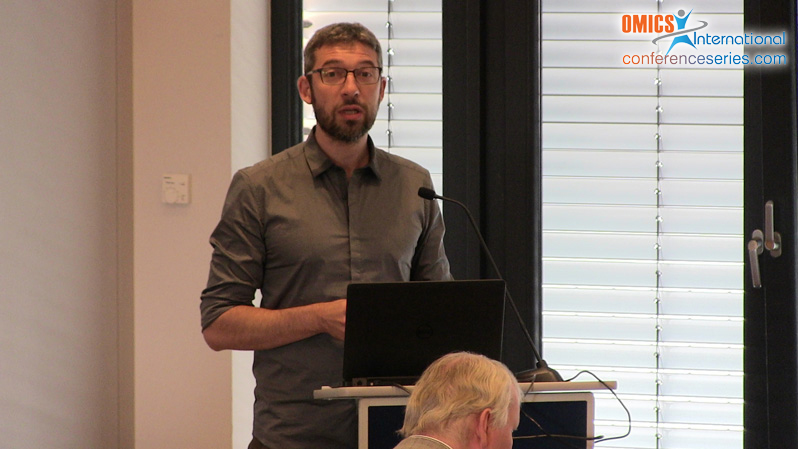
Alberto Scoma
Ghent University, Belgium
Title: Piezophilic Bacteria from the West Iberian Margin: Hydrocarbons Degradation under High Hydrostatic Pressure
Biography
Biography: Alberto Scoma
Abstract
Microbial community shifts from an uncontaminated environment to an alkane-polluted one were investigated using deep-sea sediment from the West Iberian Margin. Samples were collected at 1 km water depth and supplied with long-chain aliphatic hydrocarbons. Because of their nature such hydrocarbons will hardly dissolveat ambient temperature and pressure, rather become emulsified and be dispersed as small droplets in the water column. Hence, their chances to reach the seafloor are higher with respect to gaseous or liquid short-chained ones and their supply will determine a more realistic piezophile-enriched microbial community. Deep-sea samples were incubated in the laboratory using either icosane (C20) or triacontane (C30) as unique carbon source, at3 hydrostatic pressures (HP) (1, 100 or 200bars). The latter were selected to separate piezotolerant bacteria (growing well at both 1 and 100bars) from piezophilicones (growing better at 100 and 200bars). Reactors were inoculated with the same microbial community collected at deep-sea and 9 consecutive incubationsof 10d each were conducted. At the end of any incubation, aliquots of growing bacterial cells were transferred to a new reactor (final enrichment, 90d). An effective microbial community shift was observed with both C20 and C30 (by DGGE and Illumina sequencing) being high HP a main driver for the final community structure. Both C20 and C30 were degraded, for pH values dropped constantly along the enrichment, values being 1<100<200 bars. Despite O2 respiration was always very high, SO42-concentration was not significantly lower than controls, meaning that reactors were maintained under aerobic conditions. A rather constant cell number increase during the enrichment was obtained with C20 (1>100>200 bars), while a profile it was less clear when using C30. In all reactors, we could observe cells smaller than 1.5 μm. Hydrophobicity, i.e., the capability by the cells to move towards oil droplets, was generally high with C20 and extremely low with C30. Water-soluble traces of C20 or C30 were detected (by GC-FID) in few cases and always at 200bars using C20. Irrespective of the carbon source, PO43- consumption increased as HP increased. Characterization of the lipid content of the enrichments and strain isolation procedures are underway.

